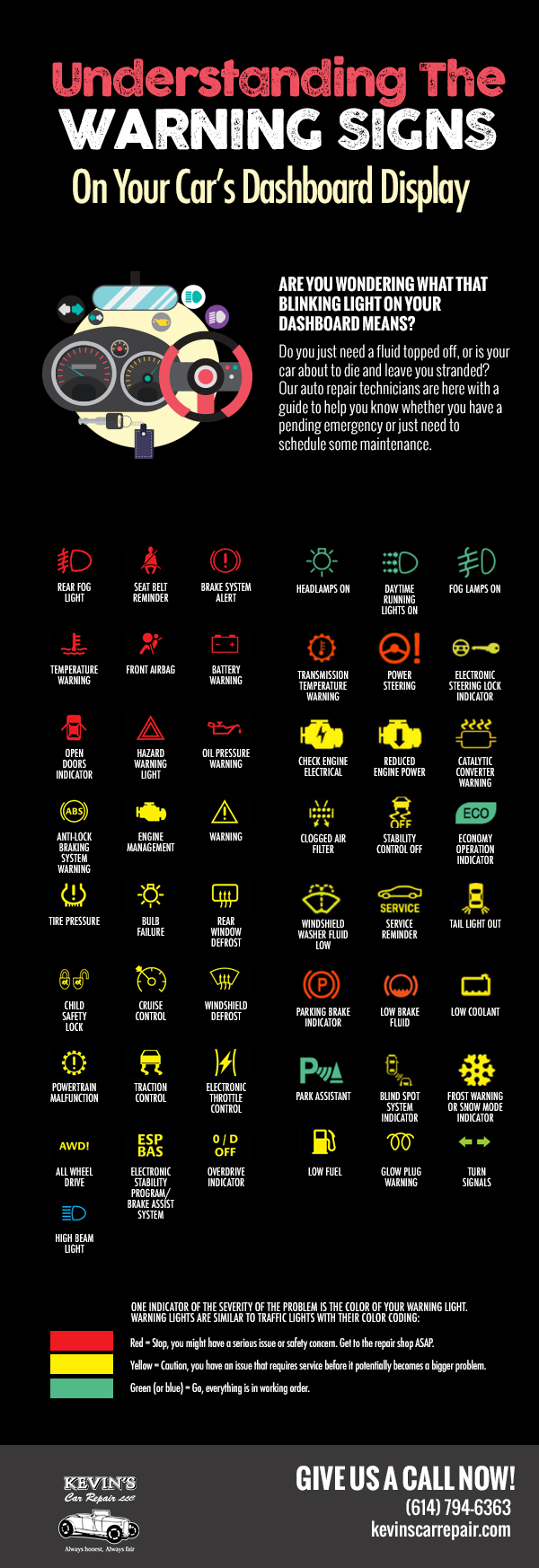A Comprehensive Guide To Brake Equipments: Identifying Common Problems And Their Solutions
A Comprehensive Guide To Brake Equipments: Identifying Common Problems And Their Solutions
Blog Article
Web Content Created By-McGrath Ross
When it pertains to your automobile's brake system, understanding typical problems can save you from prospective safety and security hazards. From determining brake pad wear to attending to brake liquid leaks, knowing just how to tackle these issues is essential. But what concerning those spongy brake pedals? There's a solution for that too. Keep tuned to read more concerning these concerns and the practical solutions that can keep you securely when traveling.
Brake Pad Use and Substitute
When it concerns maintaining your automobile's brake system, one crucial aspect to keep an eye on is the wear and replacement of brake pads. Brake pads are essential parts that push against the brake rotors to slow down or quit your car. With time, these pads wear down as a result of friction, requiring regular examination and substitute to guarantee your brakes function properly.
To identify if your brake pads require replacement, pay attention for shrilling or grinding sounds when you apply the brakes. In addition, if your lorry takes longer to quit or you observe resonances or pulsations when stopping, it might be time to replace the brake pads.
Overlooking used brake pads can cause lowered stopping efficiency, damage to other brake elements, or even brake failure.
Changing brake pads is a relatively straightforward process for many cars. Nonetheless, if you're not sure or awkward doing this job, it's best to speak with an expert technician to ensure appropriate setup and ideal brake performance.
Routinely inspecting and replacing brake pads is important for your safety and security and the durability of your vehicle's braking system.
Brake Liquid Leaks and Upkeep
To ensure your lorry's brake system works ideally, it is necessary to additionally take notice of brake liquid leaks and upkeep. Brake liquid is vital for transmitting the force from your foot on the brake pedal to the real stopping mechanism. https://andresnhfbu.qodsblog.com/31206642/new-trends-in-auto-fixing-technology-advancements-affecting-the-field with brake liquid is leaks, which can occur because of worn-out brake lines, seals, or links. If you notice a puddle or trickles under your automobile, it's vital to address the leak without delay to prevent a possible brake failing.
On a regular basis inspecting your brake fluid level is essential to preserving your brake system. Low brake fluid can result in air entering the brake lines, which jeopardizes braking performance.
Furthermore, old or infected brake liquid can affect the total effectiveness of your brakes. It's suggested to adhere to the maker's guidelines on when to change the brake liquid, normally every 2 years.
Spongy Brake Pedal: Blood Loss Brakes
If you have actually ever experienced a squishy brake pedal while driving, you recognize the relevance of preserving a company and responsive stopping system. https://communityimpact.com/houston/conroe-montgomery/impacts/2022/02/02/legacy-auto-repair-to-celebrate-1-year-anniversary-in-conroe/ of a squishy brake pedal is air trapped in the brake lines. When air goes into the brake system, it can lead to a loss of hydraulic stress, causing that distressing mushy sensation when you push the brake pedal.
To settle simply click the up coming article , bleeding the brakes is needed. Hemorrhaging the brakes entails removing the air from the brake lines to recover proper hydraulic pressure.
To hemorrhage the brakes, you'll require a helper to aid you. Begin by finding the brake bleeder shutoff on each wheel, normally located near the brake caliper. With a wrench, loosen up the valve and have your helper press the brake pedal while you observe any kind of air bubbles appearing. Repeat this process for each and every wheel, beginning with the wheel farthest from the master cyndrical tube and relocating better.
As soon as you no more see air bubbles and only clear fluid arises, tighten the valve and top up the brake liquid reservoir as needed. Hemorrhaging the brakes assists make certain a firm brake pedal and enhances total stopping performance.
Verdict
Now that you recognize typical brake issues and how to repair them, you can guarantee your lorry's safety and efficiency. Remember to pay car tech for warning signs like shrilling sounds or squishy brake pedals, and resolve them promptly. Routine maintenance and prompt substitutes are key to maintaining your brakes in top problem. Remain aggressive and alert to your brake system to enjoy secure and trustworthy driving experiences.
